The high-precision slitting technology of the capacitor film slitting machine has significantly improved the film processing efficiency through various optimizations, and the following is a detailed analysis of its core mechanism and specific advantages:
1. The core technology of high-precision slitting
• Tension control system
Closed-loop tension control (such as magnetic particle brake + tension sensor) is used to control the fluctuation within ±0.1N to avoid film stretching or wrinkling. For example, TERAOKA's PID dynamic adjustment technology can achieve stable tension at a slitting speed of 300 m/min.
• Tooling system upgrades
Using diamond-coated round knives or laser knives, the cutting edge accuracy is ±1μm, and the service life is extended by more than 3 times. KAMPF's "zero backlash" turret design reduces material burrs and ≤± slitting width error of 0.05mm.
• Intelligent web correction system
The photoelectric or CCD sensor monitors the edge position in real time, and cooperates with the servo motor to adjust (response time<10ms) to ensure that the slitting straightness deviation <0.1mm/m, reducing the scrap rate.
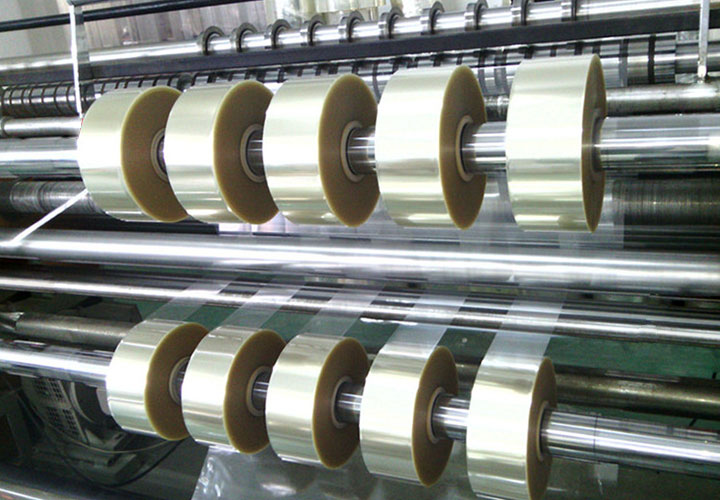
2. Specific performance of efficiency improvement
• Speed and yield
While traditional slitter speeds are typically 100-150m/min, high-precision models (such as the Italian ATLAS) can reach 600m/min and increase yield from 90% to 99.5%. Taking the capacitor film production line with an annual output of 5,000 tons as an example, it can reduce waste by 50 tons per year.
• Automation integration
The automatic tool change system (tool change time < 30 seconds) and roll diameter prediction algorithms (e.g., Siemens S7-1500 PLC control) reduce downtime and increase overall equipment effectiveness (OEE) by more than 20%.
• Multi-specification adaptation
Through the preset parameters of HMI HMI (such as slitting width and tension curve), the time to change product specifications is shortened from 30 minutes to 2 minutes, which is suitable for small batch customized production.
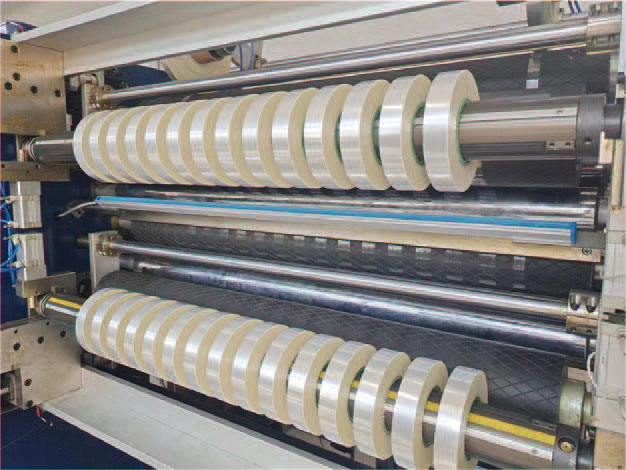
3. Effect on film properties
• Edge quality
High-precision slitting < edge roughness (Ra) to 0.2 μm, avoiding edge breakdown during metallization plating, and improving the withstand voltage performance of capacitors (e.g., 15% increase in breakdown voltage).
• Material utilization
By optimizing the knife arrangement scheme (e.g., Nesting algorithm), the material utilization rate has been increased from 92% to 97%, especially for high-value materials (e.g., PP, PET).
4. Industry application cases
• New energy field
After a lithium battery separator manufacturer adopted Brückner's slitting machine, the slitting burr of the 8μm ultra-thin separator was reduced to <5μm, which met the strict requirements of the power battery for the consistency of the separator.
• Optical thin film field
Samsung Displays' brightness enhancement film (BEF) slitting uses high-precision technology to control light transmittance fluctuations within ±0.3%, which is better than the industry standard of ±1%.
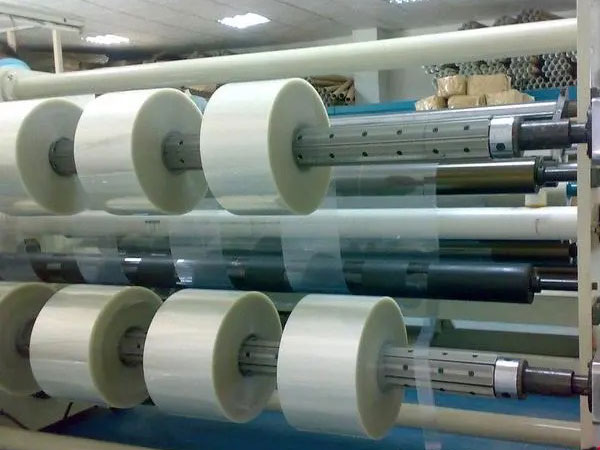
5. Future development trends
• Digital twin technology
Predicting slitting parameters (e.g. tool wear models) through virtual commissioning further reduces test losses.
• AI visual quality inspection
In-line inspection systems, such as Keyence laser scanners, reject defective rolls in real time for "zero-defect" delivery.
conclusion
Through the comprehensive effect of hardware upgrading (tools, sensors) and software optimization (control algorithms, AI), high-precision slitting technology can improve the processing efficiency of capacitor film by 30%-50%, and reduce the comprehensive cost by more than 15%, which has become a key link in the upgrading of the film industry. In the future, with the growth of ultra-thinning (<3μm) and the demand for composite films, the importance of this technology will be further highlighted.
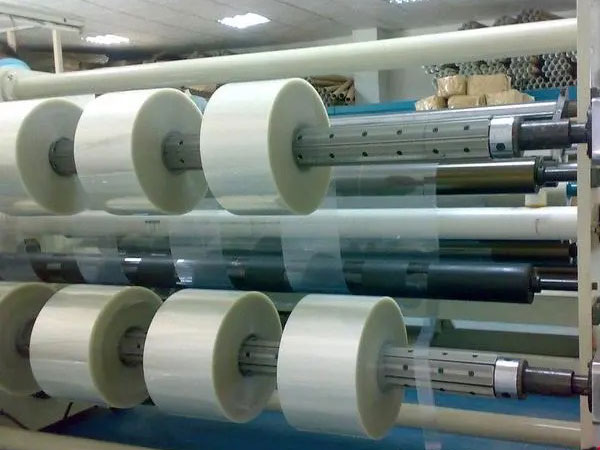
The tool holder driven by servo motor can achieve a positioning accuracy of ±0.01mm, reducing the burr on the edge of the film.
21. June, 2025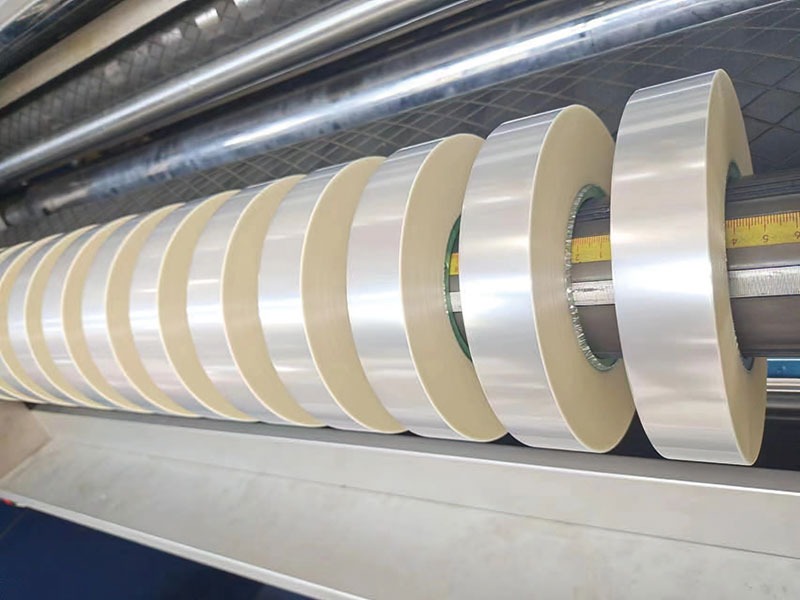
It has evolved from a single processing equipment to an intelligent production unit integrating perception, decision-making and execution.
20. June, 2025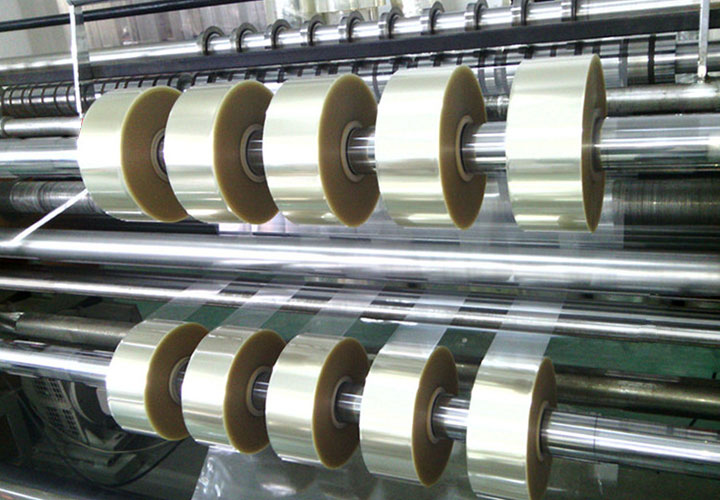
The following is a professional analysis from three aspects: technical characteristics, application scenarios and industry trends:
19. June, 2025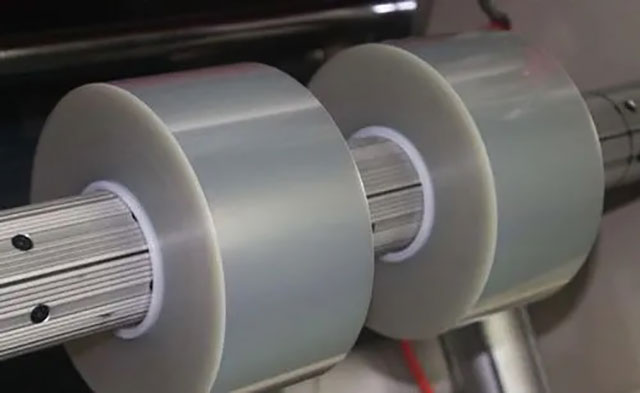
high-precision slitting (accuracy ± 1μm) and tension control (±0.5N) ensure that the film is not damaged.
18. June, 2025
The key to improving the productivity of capacitor film slitting machines is to optimize the tool change process and realize automatic adjustments
17. June, 2025